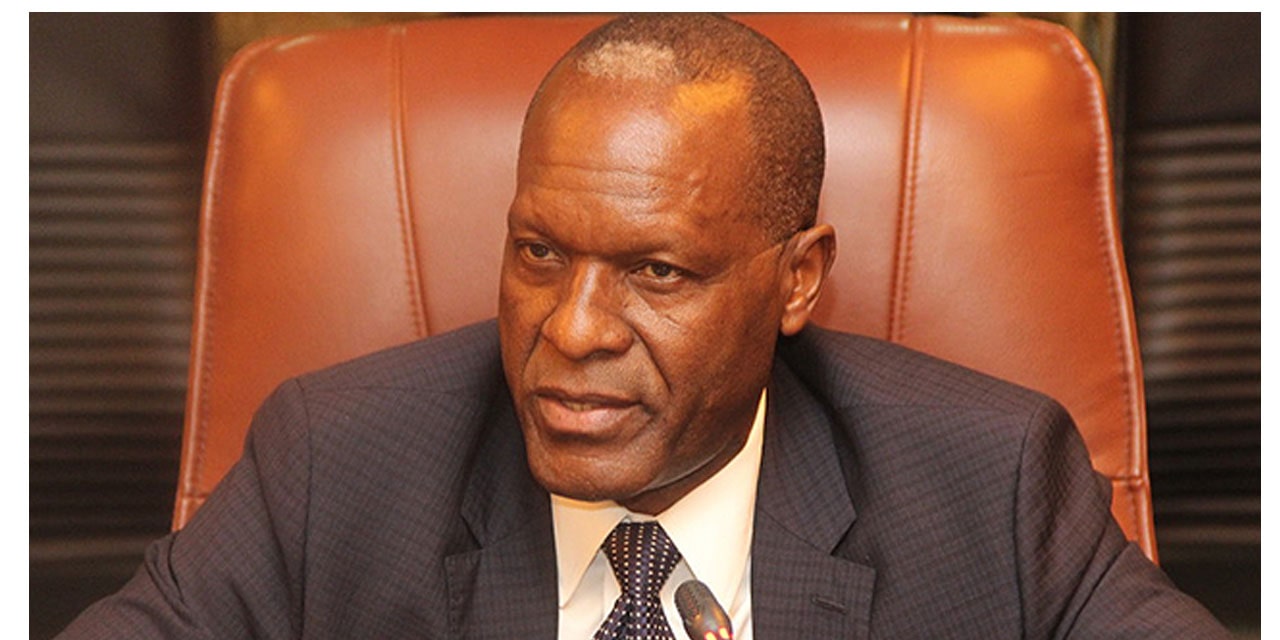CHAMWE KAIRA
China National Uranium Corporation, the majority shareholder in Rossing Uranium has offered and proposed to build a nuclear plant in Namibia. The Namibian government has said nuclear energy could be considered in the future.
Two well informed energy industry officials told Observer Money that the Chinese firm has made offers and proposals to the Namibian government to build a nuclear plant. The officials spoke on condition of anonymity because they are not authorised to speak on behalf of the government. China National Uranium Corporation is said to be waiting on the government to respond to its offer.
“I am not aware of any offer to the Government by China National Uranium Corporation to build a nuclear power plant. At the moment, nuclear power is not an immediate consideration in the energy mix, but it’s not entirely ruled out in the future,” Minister of Mines and Energy, Tom Alweendo told Observer Money.
The Chinese firm describes itself as being mainly engaged in research and development, construction, production and operation in the fields of nuclear power, nuclear fuel cycle, nuclear applications, environmental protection and nuclear engineering, as well as international cooperation, imports and exports.
The firm says it operates and manages the most diverse array of nuclear power units in the world. Eight management service product portfolio developed by CNNC ensure the safe and sound performance of nuclear power units.
The eight products are preparation, commissioning/ test run, refueling outage, special maintenance, professional training, technological support, support for heavy water reactor, and the development and operation of information systems.
Its plant includes the Qinshan Nuclear Power Plant, the Qinshan II Nuclear Power Plant, the Qinshan III, the Jiangsu Tianwan Nuclear Power Plant, the Zhejiang Sanmen Nuclear Power Plant, the Unit 5 in Fuqing NPP in Fujian Province, the Hainan Changjiang Nuclear Power Plant and a new plant is under way-Zhangzhou NPP in Fujian Province.
In addition to its locally generated electricity, NamPower imports electricity through the Southern African Power Pool (SAPP) via its Energy Trading System to complement supply and meet demand. The availability of local generation dictates electricity imports. On average, NamPower presently imports between 60% and 70% of its energy requirement.
NamPower’s plants include, Ruacana Power Station, which is a run of the river hydro plant with a capacity of 347 MW. The other plants are the Anixas Power Station, which is a diesel/heavy fuel oil with a capacity of 22.5 MW. The plant is an emergency standby plant. The solar energy generation plant is the Omburu Solar Photovoltaic (PV) Power Station with a generation capacity of 20 MW.




